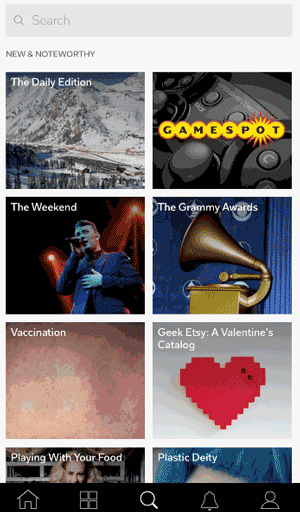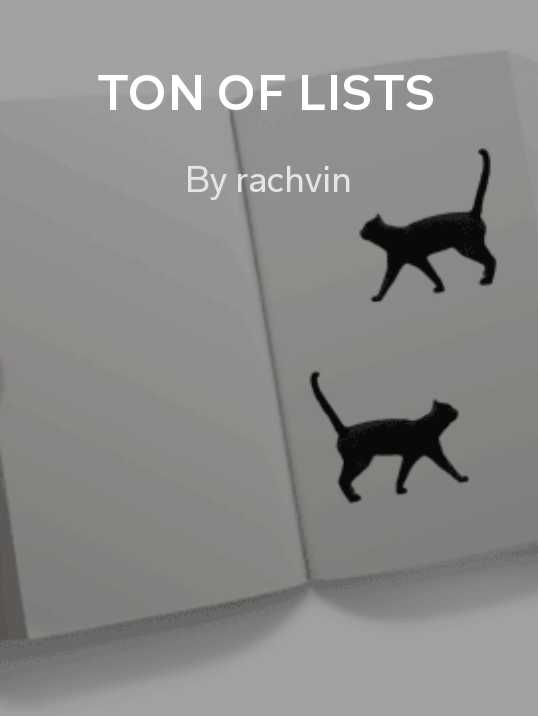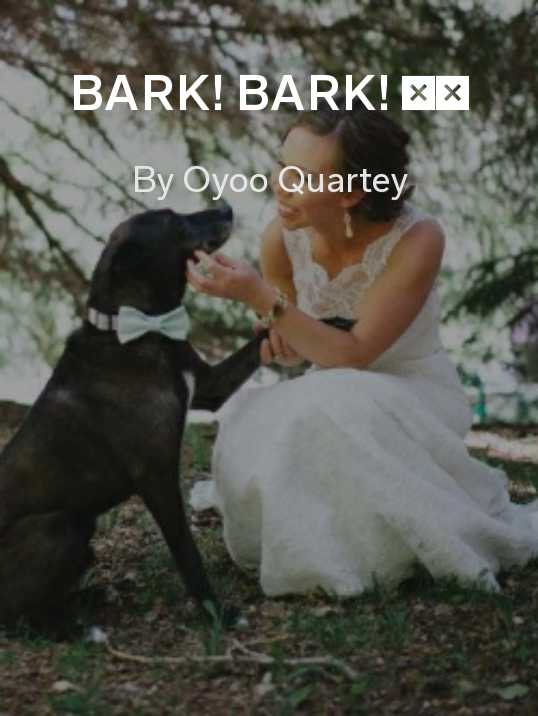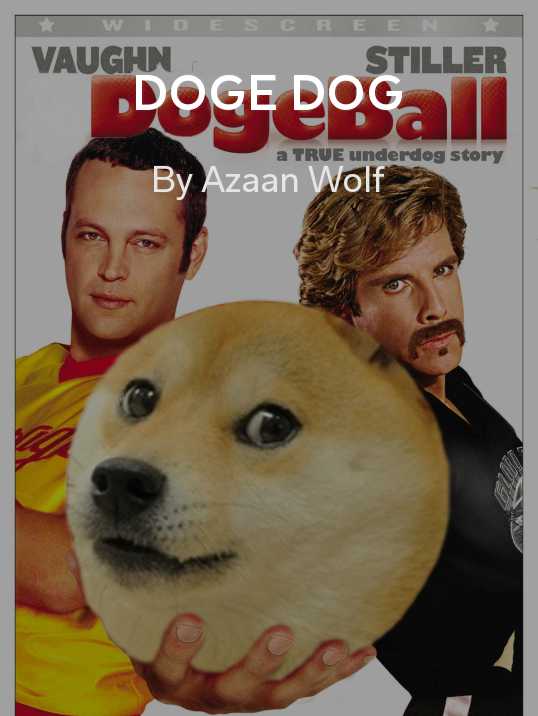 A compelling magazine title can draw in a new person before they even start flipping. You can be funny, literal or figurative. There are pros and cons associated with each of these naming conventions.
You think you’re so funny…
Do you immediately follow some magazines because they make you chuckle from the get-go?
A compelling magazine title can draw in a new person before they even start flipping. You can be funny, literal or figurative. There are pros and cons associated with each of these naming conventions.
You think you’re so funny…
Do you immediately follow some magazines because they make you chuckle from the get-go?
Spell it out
When your title is exact and specific, a reader will get an idea of what’s inside your magazine. However, your title can get lost in the crowd if it’s the same as everyone else. Perform a quick search to see if anyone has used your title idea already.
It’s a figure of speech
What if you want to give a hint of what’s in your magazine but still stand out? Figurative language and wordplay can help. Allusion is a reference to a famous character or event.Like if you had a magazine about the dancing in Katy Perry’s Super Bowl halftime show, you could name your magazine “Left Shark Strategy.”
Hyperbole is using extravagant or exaggerated statements to express strong feelings.Instead of “Lists,” you could have a “Ton of Lists”
An idiom is an expression that has a figurative meaning unrelated to the literal meaning of the phrase.Rather than “Funny,” a new magazine title can be “The Funny Bone”
Onomatopoeia are sound words or words imitating sound.For example you could rename your “Dogs” magazine “Bark! Bark!”
Portmanteau is a blending of two words and their meanings to make a new word.Why have “Kim and Kanye” when you can have a “Kimye” magazine?
Puns are expressions intended for funny or rhetorical effect by exploiting different meanings of words.A cooking magazine called “Give Peas a Chance” is a play on the word “peace.”
Malapropism is mistakenly using a word that sounds similar.“Men of Great Statue” (instead of “stature”) and “Wolf in Cheap Clothing” (instead of “sheep’s”).
Purposeful misspelling can decrease searchability, but it is popular in meme culture.A very popular example is “Doge,” the shiba dog.
If you want to explore more figures of speech, simile, metaphor, personification and oxymoron are great ways to expand your options. If you love the title but fear that it might be too obtuse, use the tagline to clarify what you mean. The tagline is also where you can drop more expected keywords—in context, of course—for SEO purposes.Still stumped?
Get to the root of it! If you think your magazine title is boring…- Do more research on the subject to find related words
- Try to think of a rhyming word or phrase
- Crack open a dictionary or thesaurus
- Pay attention to Latin roots and meanings
- Abstract the word or phrase with apostrophes or abbreviations
- Even a baby naming website or book might help inspire you!
 The takeaway is that you’ll be found in search by title or by topic, so it’s good to keep your magazine name easy to understand and to include a magazine description or tagline.
If you find a really witty magazine title, send it our way by tweeting to @FlipboardMag.
~jdlv is reading “‘Dings”
The takeaway is that you’ll be found in search by title or by topic, so it’s good to keep your magazine name easy to understand and to include a magazine description or tagline.
If you find a really witty magazine title, send it our way by tweeting to @FlipboardMag.
~jdlv is reading “‘Dings”





